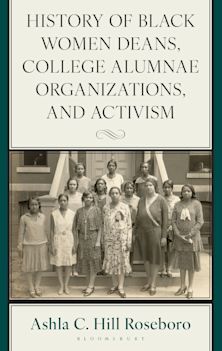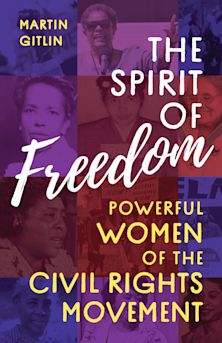Understanding 19th-Century Slave Narratives
Understanding 19th-Century Slave Narratives
This product is usually dispatched within 3 days
- Delivery and returns info
-
Free CA delivery on orders $40 or over
Description
African American slave narratives of the 19th century recorded the grim realities of the antebellum South; they also provide the foundation for this compelling and revealing work on African American history and experiences.
Naturally, it is not possible to really know what being a slave during the antebellum period in America was like without living the experience. But students CAN get eye-opening insight into what it was like through the gripping stories of bravery, courage, persistence, and resiliency in this collection of annotated slave narratives from the period.
Each of the collected narratives includes an introduction that provides readers with key historical context on the particular life examined. Moreover, each narrative is accompanied by annotations that broaden the reader's comprehension of that primary document. The primary source documents in this volume tell enthralling stories, such as how slave woman Ellen Craft utilized her particularly pale complexion to pose as a free white man overseeing his slaves to free herself and her husband, and how Henry Brown successfully shipped himself to freedom in a box measuring scarcely 3 feet by 2 feet by 6 inches deep-despite being more than 6 feet tall.
Table of Contents
Introduction
Bearing Witness: The Fugitive Slave Narrative and Its Traditions
Chapter 1. Nat Turner (1800–1831)
The Confessions of Nat Turner, The Leader of the Late Insurrection in Southampton, Va. (1831)
Chapter 2. Lunsford Lane (1803–?)
The Narrative of Lunsford Lane, Formerly of Raleigh, N.C. (1842)
Chapter 3. William Wells Brown (1814–1884)
Narrative of William W. Brown, a Fugitive Slave, Written by Himself (1847)
Chapter 4. Henry "Box" Brown (1816–?)
Narrative of Henry Box Brown, Who Escaped from Slavery Enclosed in a Box 3 Feet Long and 2 Wide. Written from a Statement of Facts Made by Himself. With Remarks Upon the Remedy for Slavery by Charles Stearns (1849)
Chapter 5. James W. C. Pennington (1807–1870)
The Fugitive Blacksmith; or, Events in the History of James W. C. Pennington, Pastor of a Presbyterian Church, New York, Formerly a Slave in the State of Maryland, United States (1849)
Chapter 6. William (1826?–1900) and Ellen Craft (1826–1891)
Running a Thousand Miles for Freedom; or, the Escape of William and Ellen Craft from Slavery (1860)
Bibliography
Index
Product details

| Published | Feb 22 2024 |
|---|---|
| Format | Paperback |
| Edition | 1st |
| Extent | 328 |
| ISBN | 9798765120859 |
| Imprint | Bloomsbury Academic |
| Illustrations | 2 bw illus |
| Dimensions | 254 x 178 mm |
| Publisher | Bloomsbury Publishing |
Reviews

ONLINE RESOURCES
Bloomsbury Collections
This book is available on Bloomsbury Collections where your library has access.

































